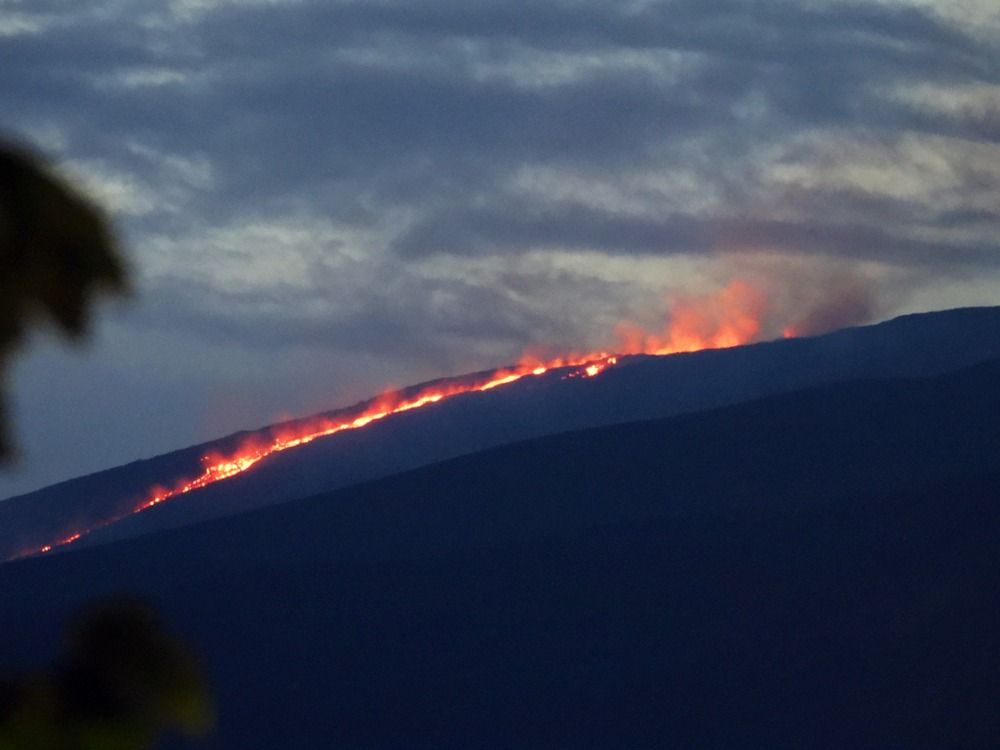
The effusive activity from the new vents at the southern base of the SE crater continues and has been gradually increasing over the past few days.
The lava flow front has now descended to approx. 2400 m elevation. After the first lava flow that had started on 10 Aug had ceased after a relatively modest lava output only, a new vent opened nearby on 14 Aug at around 2980 m elevation, on the southern slope between the Bocca Nuova and SE crater complex on 14 Aug, with a higher effusion rate. This vent has been feeding the active flow at the moment.
In addition, mild strombolian activity has returned to the summit vent of the SE crater, ejecting glowing lava fragments above the rim of the crater, as well as producing occasional small ash plumes that quickly dissipate.
The lava flow has been traveling towards the south, reaching 2450 m elevation by yesterday evening and having a maximum width of 500 m, the volcano observatory (INGV Catania) reports.
Seismic data indicate that volcanic tremor remains in the medium intensity range, with occasional peaks reaching into the range classified as „high“, suggesting that the overall rate of magma rising continues a slow increase.
So far, however, ground deformation monitoring networks show no significant change, which in turn suggest that no major magma accumulation at shallow depth has occurred, or in other words, all or nearly all magma currently rising from deeper sources into the shallow reservoir is actually being erupted via the lava flow. This indicates that at least for now, the situation seems stable, but if the overall evolution of the current eruptive phase is similar to previous effusive phases, this might well escalate into a paroxysm at some point in the near to medium term future (days to few weeks).
